Fiberboard Sheathing Used For Waterproofing?
terri23
14 years ago
Featured Answer
Comments (9)
bus_driver
14 years agomacv
13 years agoRelated Professionals
Five Corners Architects & Building Designers · Dardenne Prairie Home Builders · Homestead Home Builders · Tustin Home Builders · Avon Lake General Contractors · Bellingham General Contractors · Erlanger General Contractors · ‘Ewa Beach General Contractors · Ewing General Contractors · Janesville General Contractors · Lakewood General Contractors · Lincoln General Contractors · Milford Mill General Contractors · Mineral Wells General Contractors · Poquoson General Contractorsmacv
13 years agoterri23
13 years agocreek_side
13 years agoterri23
13 years agometaxa
13 years agoRandy Mullins
7 years ago
Related Stories

KITCHEN DESIGNUsing White Marble: Hot Debate Over a Classic Beauty
Do you love perfection or patina? Here's how to see if marble's right for you
Full Story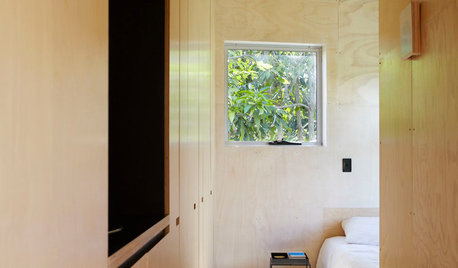
WOODDesign Workshop: Plywood as Finish
Trendproof your interior with this sensible guide to using this utilitarian material indoors
Full Story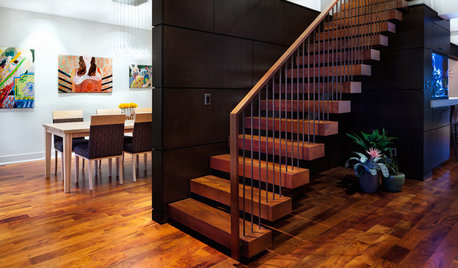
HOUZZ TOURSHouzz Tour: Wild for Wood in Central Texas
Mesquite, cherry and white oak harmonize beautifully in an Austin family's warm and modern home
Full Story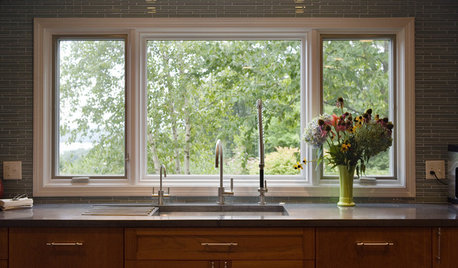
WINDOWSContractor Tips: How to Choose and Install Windows
5 factors to consider when picking and placing windows throughout your home
Full Story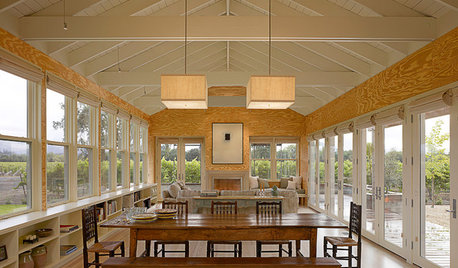
ARCHITECTUREDesign Workshop: The Beauty of Humble Materials
Discover the appeal of budget-friendly plywood, concrete and other modest surfaces
Full Story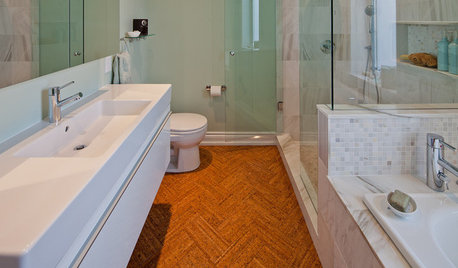
FLOORSWill Cork Float for Your Bathroom Floor?
Get the facts on advantages, disadvantages, costs and installation to see if a cork bathroom floor is right for you
Full Story
DECORATING GUIDES11 Tricks to Make a Ceiling Look Higher
More visual height is no stretch when you pick the right furniture, paint and lighting
Full Story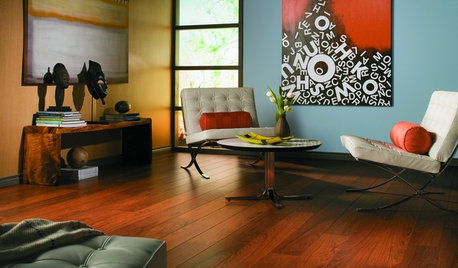
REMODELING GUIDESLaminate Floors: Get the Look of Wood (and More) for Less
See what goes into laminate flooring and why you just might want to choose it
Full Story
HOMES AROUND THE WORLDFormer Berlin Bar Now a Light and Bright Home
An architect shows how he converted a commercial space into a residence with strong material choices and the right lighting design
Full StorySponsored
Custom Craftsmanship & Construction Solutions in Franklin County
More Discussions






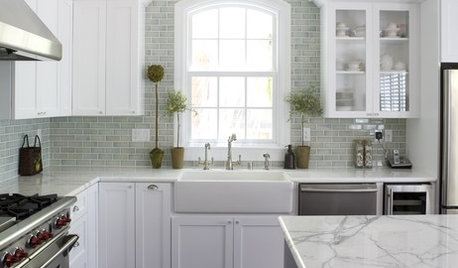
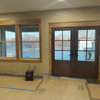



terri23Original Author